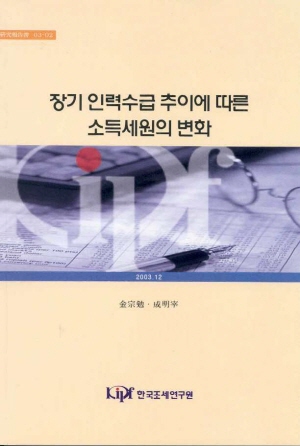한국조세재정연구원 - OAK리포지터리
Korea Institute of Public Finance
Open Access Repository
Korea Institute of Public Finance
Open Access Repository

장기인력수급추이에 따른 소득세원의 변화
Items in DSpace are protected by copyright, with all rights reserved, unless otherwise indicated.